These cities have rigid restrictions where specific authorization is required to visit, and no outsiders were aware of them until long after the Cold War ended, when they finally showed up on a map in the 1990's. Priozersk and Kurchatov, located in eastern Kazakstan, are two of the closed cities where Russian military tested hundreds of atomic bombs and weapons during the Cold War.
Photographer Nadav Kander visited the closed city of Kurchatov in 2011 with the help of a local contact. "The aesthetics of destruction have a really beautiful ring to me," Kander said in an interview at Flowers Gallery. With his images, he wrote a book entitled Dust. Below, see his eerie images of the radioactive ruins left in the closed cities.
The city of Kurchatov was built specifically for the nuclear tests.

The Aral Sea I (Officers Housing), Kazakhstan 2011,
The testing allowed scientists to study the disastrous effects of radiation on the local population, wildlife, and landscape. The testing program ended in 1989, and these small cities were shortly ruined to protect their military secrets.

Priozersk I (Military Housing), Kazakhstan 2011,
To this day, the sites are still radioactive from the testing. When Kander visited, he wore white overalls equipped with Geiger couners — a device for measuring radioactivity by detecting and counting ionizing particles — to protect him from the radiation.
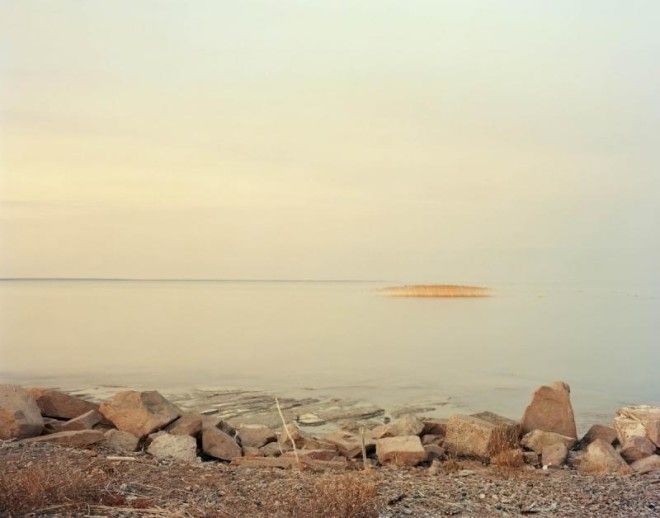
Priozersk XVI (Reeds), Kazakhstan 2011,
"I find the ruin, in its many guises, beautiful, as have many artists before me," Kander writes in his book. "But it is the combination of beauty and destruction, beauty and melancholy, that really attracts me."

Graveyard near Kurchatov, Kazakhstan,2011
More than 450 tests were conducted the these nuclear test sites between 1949 and 1989. All of the tests took place within range of the town's residents.
Advertising
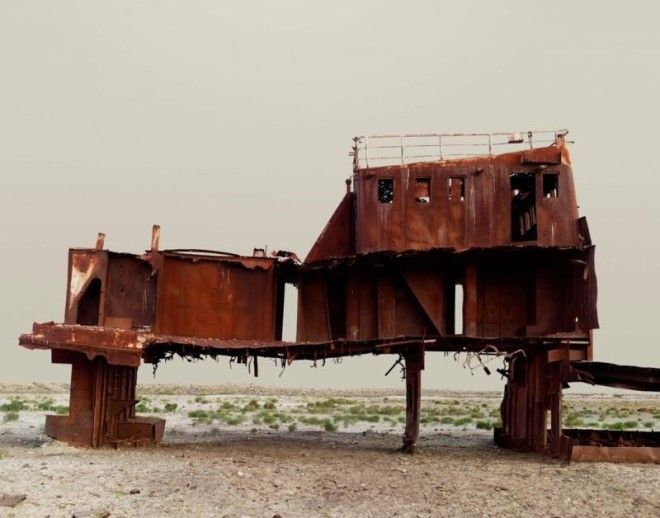
The Aral Sea III (Fishing Trawler), Kazakhstan 2011,
Some sources say that more than one million people were affected by the nuclear tests that took place in Kurchatov.
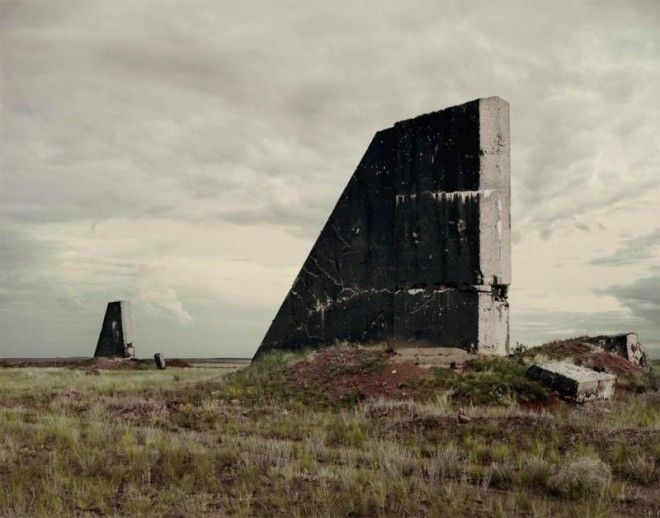
Kurchatov VII, Kazakhstan 2011
Although parts of Kurchatov seem like a ghost town, people still live there.
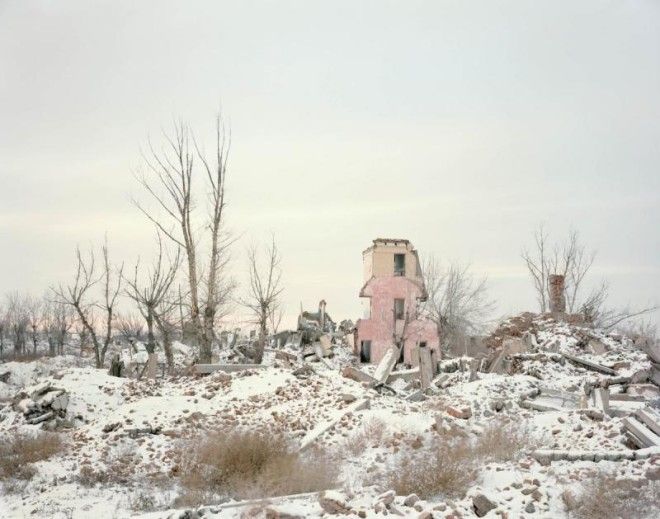
Kurchatov I (Scientific Research Facility), Kazakhstan 2011
It wasn't until the site was closed in 1991 that the negative health impact of the residents and environment was officially recognized.
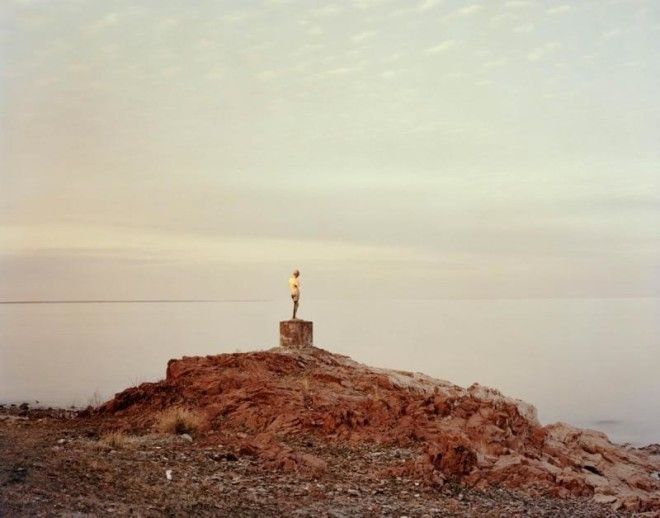
Priozersk XIV, Kazakhstan 2011
It once had almost 40,000 residents. After the closure of the test site and the departure of the Soviet military, the population fell to about a quarter of what it was.
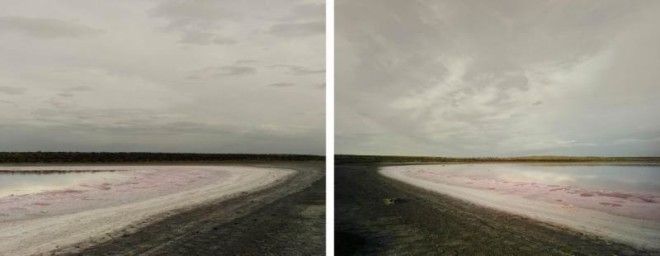
The Aral Sea, Kazakhstan 2011
"[The Polygon nuclear test site] was not a place that you knew you could ever return to," Kander told Bill Hunt during an interview at Flowers Gallery in New York. "I only made one trip to the Polygon and it's also so radioactive that it doesn't feel like a place, as much as you'd like it to, that you can relax in and make beautiful pictures."
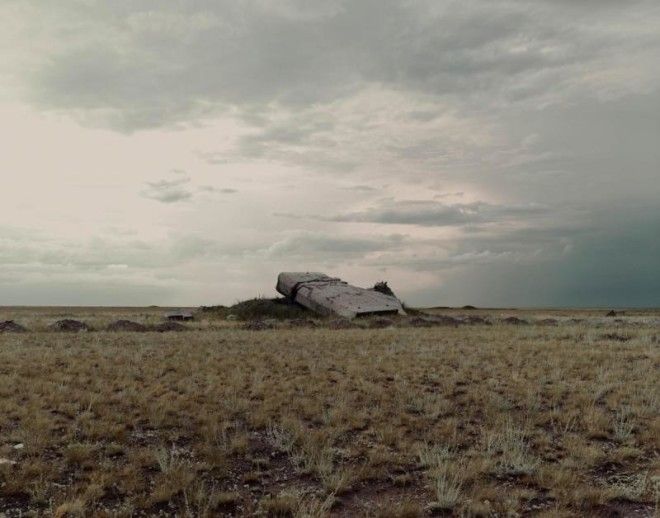
The Polygon Nuclear Test Site VII, Kazakhstan 2011
This series is currently being exhibited for the first time in New York at Flowers Gallery until May 7, 2016.
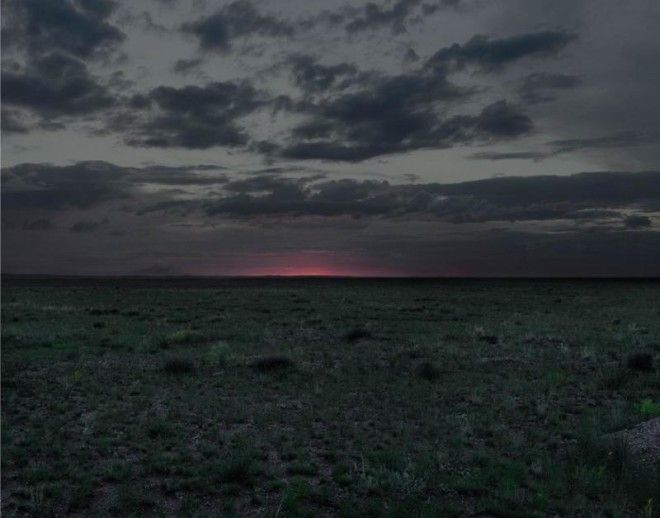
The Polygon Nuclear Test Site XII, Kazakhstan 2011

